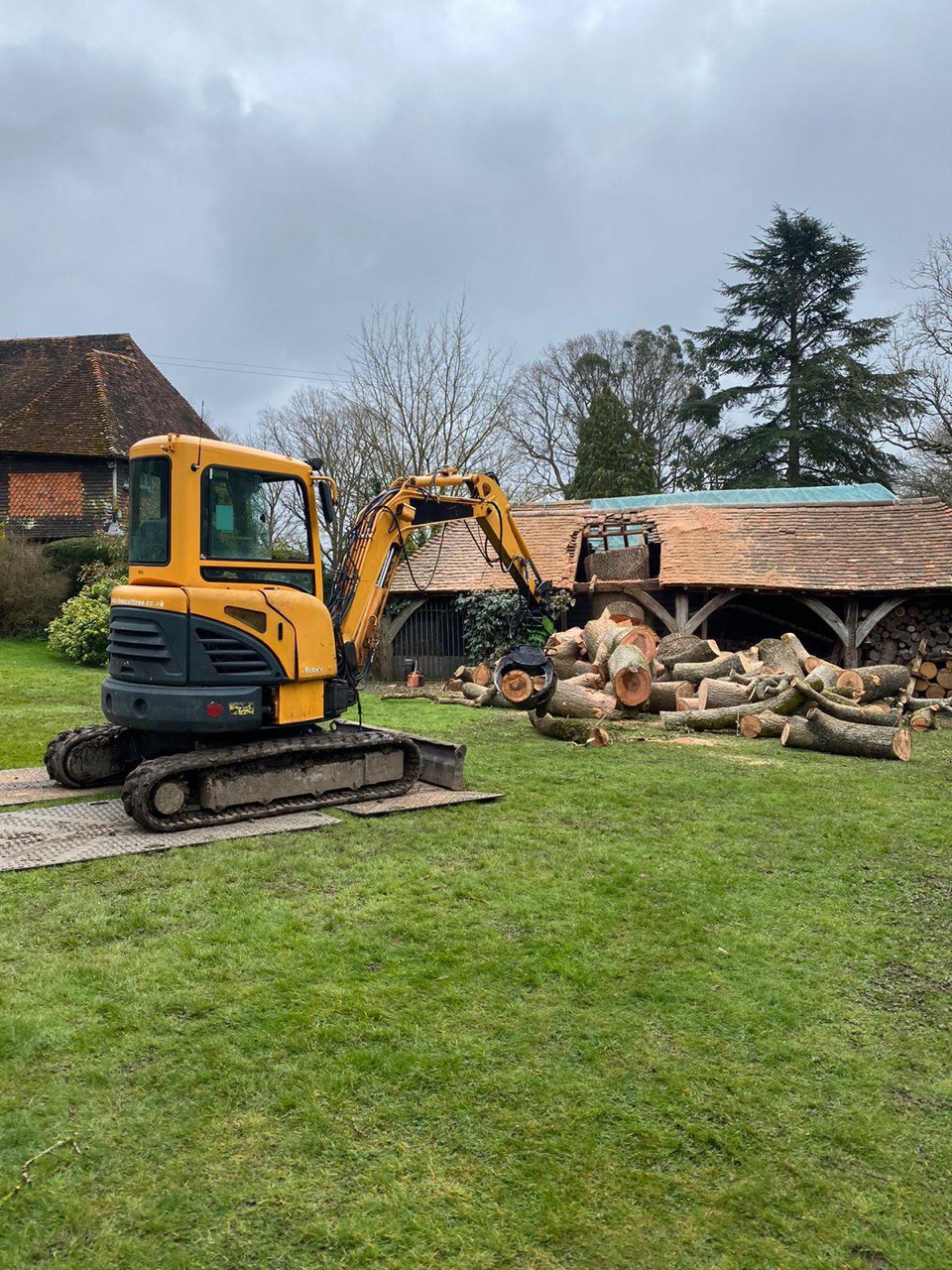Introduction: Healthy trees are essential for a vibrant and thriving ecosystem but can be susceptible to diseases threatening their well-being. Early detection and appropriate treatment are key to preventing the spread of tree diseases. This guide will explore some of the most common tree diseases and how to identify and treat them effectively.

1. Dutch Elm Disease
Identification: Look for wilting leaves that turn yellow and brown, starting at the top of the tree and progressing downward. You may also notice dark streaks in the inner bark.
Treatment: Infected trees should be removed and destroyed to prevent further spread. Preventative measures include pruning and properly disposing of infected wood.
- Oak Wilt
Identification: Leaves on oak trees infected with oak wilt may develop a greenish tint or show wilting from the edges inward. Fungal mats may appear under the bark in the tree’s fissures.
Treatment: Prune affected branches and remove infected trees. Preventive measures include avoiding pruning during the growing season and treating wounds with tree wound dressings.
3. Apple Scab
Identification: Apple scab appears as dark, scaly lesions on leaves and fruit. Infected leaves may also become distorted or fall prematurely.
Treatment: Prune and dispose of infected leaves, and consider applying fungicides in the spring to prevent infection.
4. Powdery Mildew
Identification: Powdery mildew appears as a white, powdery substance on leaves and stems. It often affects a wide range of ornamental plants.
Treatment: Improve air circulation around affected plants and consider applying fungicides when symptoms first appear.
5. Fire Blight
Identification: Fire blight affects trees in the rose family, such as apple and pear trees. Look for wilting leaves, blackened shoots, and a scorched appearance.
Treatment: Prune and dispose of infected branches during dry weather. Avoid excessive nitrogen fertilisation.
6. Chestnut Blight
Identification: Chestnut blight causes sunken cankers on the bark of chestnut trees, which can girdle the tree.
Treatment: Infected trees are difficult to save. Preventative measures include maintaining healthy trees and avoiding planting new chestnuts near infected trees.
7. Anthracnose
Identification: Anthracnose causes irregularly shaped lesions on leaves and can lead to defoliation.
Treatment: Prune and dispose of infected branches, and consider applying fungicides during wet weather.
8. Phytophthora Root Rot
Identification: Phytophthora root rot leads to the wilting and yellowing of leaves and can cause the tree to lean or fall.
Treatment: Improve drainage around the tree’s roots and avoid overwatering. Fungicides may also be beneficial.
9. Emerald Ash Borer
Identification: Look for D-shaped exit holes and S-shaped tunnels under the bark of ash trees. Infected trees may show dieback in the canopy.
Treatment: Infected ash trees are challenging to save. Preventative treatments with insecticides may help protect healthy trees.
10. Sooty Mold
Identification: Sooty mould appears as a black, powdery substance on leaves and stems, often due to honeydew secreted by insects like aphids or scale insects.
Treatment: Control the insect pests responsible for honeydew production; the sooty mould will naturally decline.
Conclusion: Early detection and appropriate treatment are critical for managing tree diseases effectively. Regular inspections of your trees, especially during the growing season, can help you identify and address problems promptly. If you suspect a tree disease, consult a certified arborist or care professional for accurate diagnosis and treatment recommendations. By taking proactive measures, you can help protect the health and vitality of your trees, contributing to the beauty and sustainability of your landscape.
Call us on: 01580 234694
Click here to find out more about Hawkhurst Tree Surgeons
Click here to complete our contact form and see how we can help with your tree’s needs.